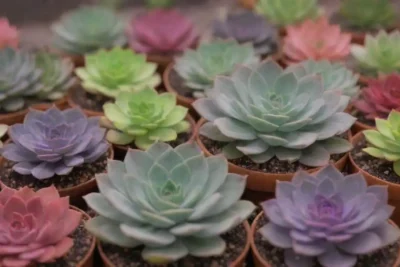
How Long Does It Take to Propagate Succulents Successfully?
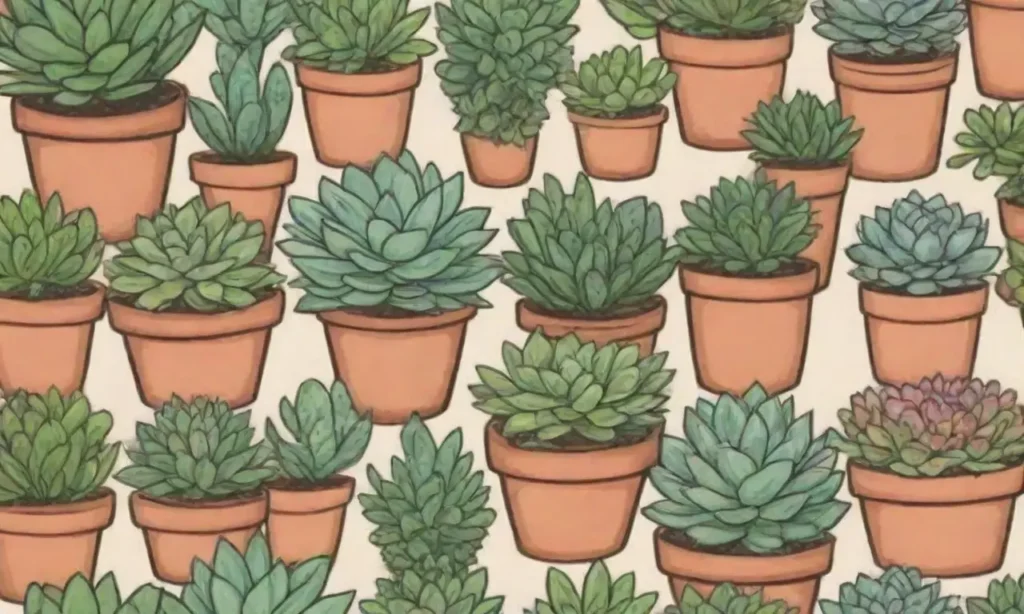
Introduction
Propagation of succulents has captured the hearts of many plant enthusiasts, offering a unique blend of satisfaction and creativity. With their diverse shapes, colors, and growth habits, succulents have become popular houseplants that are easy to care for and thrive in various environments. Not only do they embellish our living spaces, but they can also be easily propagated, allowing gardeners to expand their collection without spending a significant amount. However, the big question that often arises is: how long does it take to propagate succulents successfully?
In this article, we will dive into the process of propagating succulents, examining the various methods and the timeframes associated with each. We will explore factors influencing propagation success, tips for care during the process, and what to look out for as new plants emerge. By the end, you'll be well-equipped with knowledge to thrive in your succulent propagation journey.
Understanding Succulent Propagation Methods
When it comes to propagating succulents, there are primarily three methods: leaf propagation, stem cuttings, and offset propagation. Understanding these different methods not only helps in deciding which is best for your succulent but also what kind of timeframe you can expect.
Leaf Propagation
Leaf propagation is one of the most popular methods among succulent enthusiasts due to its simplicity and effectiveness. Essentially, you take a healthy leaf from your succulent and allow it to dry out for a few days until a callus forms on the cut end. This is an important step, as it prevents the leaf from rotting when placed in the soil. After the callus has formed, the leaf can be placed on a well-draining soil mix and lightly misted to provide moisture without making it soggy.
The average timeframe for leaf propagation can range between 3 to 6 weeks before you start seeing new growth. Under optimal conditions—adequate light, proper humidity, and the right soil—the process could be expedited, potentially yielding new roots and tiny plantlets sooner. It's essential to keep an eye on the leaf during this period; as it shrivels up, it will eventually give way to a new succulent! However, not all leaves will be successful, and only a certain percentage may produce viable offspring.
Stem Cuttings
Stem cutting is another efficient technique that is often faster than leaf propagation. In this process, you cut a portion of a succulent stem to propagate. Ideally, the cutting should be around 3-5 inches long and should be taken from a healthy, mature plant. Just like with leaf cuttings, it's crucial to let the cut end callous over for a few days to minimize the risk of rot. Once the cutting has dried and sealed, it can be inserted into the soil.
Typically, you can expect to see new growth from stem cuttings within 2 to 4 weeks. The main factors influencing this timeframe include the type of succulent, the conditions in which it is kept, and the care provided during propagation. Keeping the cutting in a bright area but out of direct sunlight is key, as too much light can dehydrate or burn the fresh cutting. Mist the soil occasionally to keep it moist, but avoid overwatering as that can lead to root rot, a common issue in succulent propagation.
 A Detailed Investigation into Air Layering for Succulents
A Detailed Investigation into Air Layering for SucculentsOffset Propagation
Offset propagation is specific to succulents that produce offsets—small baby plants that grow next to the parent. This method is often utilized for succulents like Haworthia and Echeveria that naturally propagate by extending offshoots. When the offsets are a sufficient size (ideally around a few inches tall), you can gently separate them from the parent plant using a clean knife, again ensuring to allow the cut to callus before planting it into a new pot.
Offset propagation can yield results relatively quickly compared to other methods; you can often see new growth from the offsets within 2 to 4 weeks as well. The care requirements for offsets are fairly similar to other propagation methods—ensure proper light conditions and avoid overwatering. The growth rates may vary depending on the species of succulent and the environmental conditions they are subjected to.
Factors Influencing Successful Succulent Propagation
While the methods mentioned above outline the general timelines for successful succulent propagation, there are various factors that can affect the overall process. Understanding these will allow you to improve your chances for success.
Environmental Conditions
The environment you provide for your succulents plays a crucial role in the propagation timeline. Factors such as light, temperature, humidity, and soil moisture can significantly influence the success rate and growth speed. Succulents generally thrive in bright, indirect light, and they often prefer temperatures between 60°F to 80°F (15°C to 27°C). Maintaining these conditions will encourage faster root and growth development.
Monitoring humidity levels is essential, as succulents do not require high humidity—too much can lead to rot. Ideally, a dry environment is preferred for propagation. Furthermore, utilizing a well-draining soil mix allows for air circulation around the roots, preventing fungal infections and promoting healthy growth.
Plant Health
The health of the parent plant also significantly impacts the propagation success. Taking cuttings or leaves from a plant stressed by pests or diseases can result in poor propagation outcomes. Always ensure that the plant you are taking cuttings from is healthy and free of pests. Choosing robust, vigorous leaves or stems will increase your chances of successful propagation.
Additionally, consider the type of succulent you’re working with, as various species have different growth habits and propagation success rates. Researching the specific requirements and characteristics of the succulent variety can help in ensuring the best results.
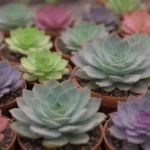 The Benefits of Using Cloning Gel in Succulent Propagation
The Benefits of Using Cloning Gel in Succulent PropagationCare During Propagation
The care you provide during the propagation process cannot be overlooked. Regularly checking in on your cuttings or leaves is imperative. Ensure that they aren’t drying out completely, but also ensure there isn’t water pooling around the base, which can lead to rot. Misting the leaves occasionally can provide them the moisture they need without soaking them.
Be patient and resist the temptation to move or disturb your propagating plants too much. This can stress them and slow down the rooting process. It’s also a good idea to avoid fertilizing until you see new growth, as younger plants may not be mature enough to handle such nutrients right away.
Conclusion
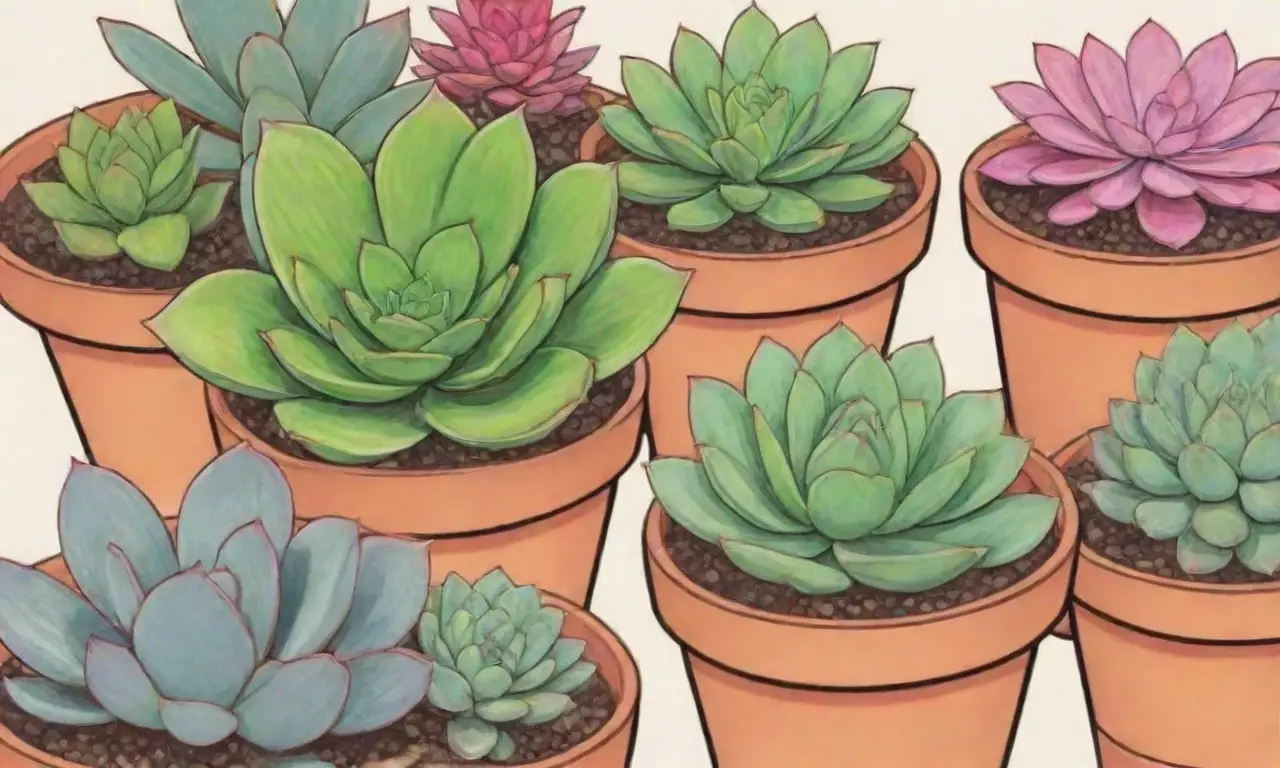
In conclusion, propagating succulents can be an incredibly fulfilling experience, whether you’re looking to expand your collection or share the green thumb gift with friends and family. Understanding the different methods of propagation, such as leaf propagation, stem cuttings, and offset propagation can help you determine the right approach for your succulent plants. With each method generally taking between 2 to 6 weeks to start showing results, patience is key.
Additionally, it is essential to recognize the various factors that can influence the success rate of propagation, such as environmental conditions, plant health, and the care provided during the process. Being mindful of these elements will help ensure that your efforts in propagating succulents do not go in vain.
As you embark on this rewarding journey, remember to embrace the art of propagation. With practice, time, and a bit of green thumb magic, you will unlock the potential to grow stunning succulent gardens right from your home! Happy propagating!
 The Do's and Don'ts of Propagating Succulents in Bulk
The Do's and Don'ts of Propagating Succulents in BulkIf you want to read more articles similar to How Long Does It Take to Propagate Succulents Successfully?, you can visit the Propagation Methods category.


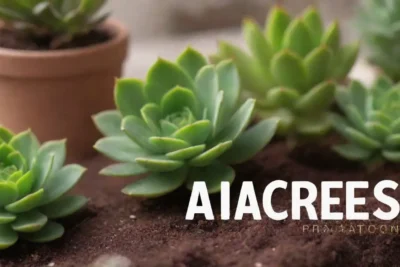

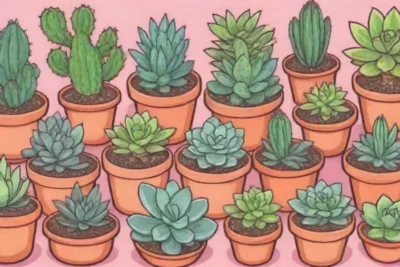
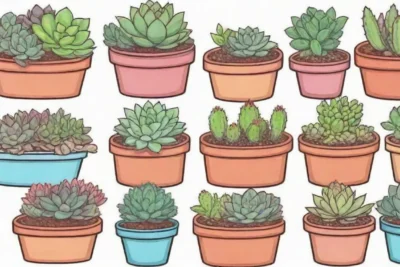
You Must Read